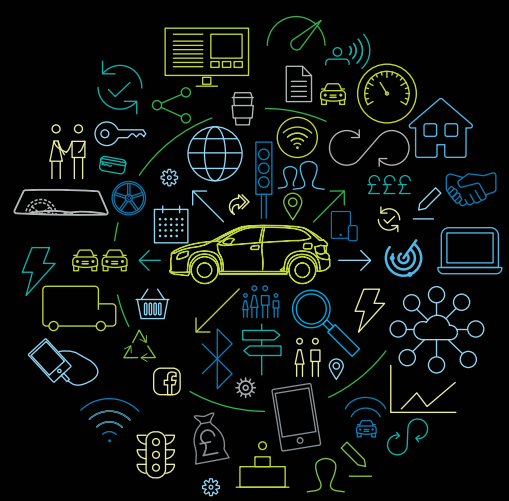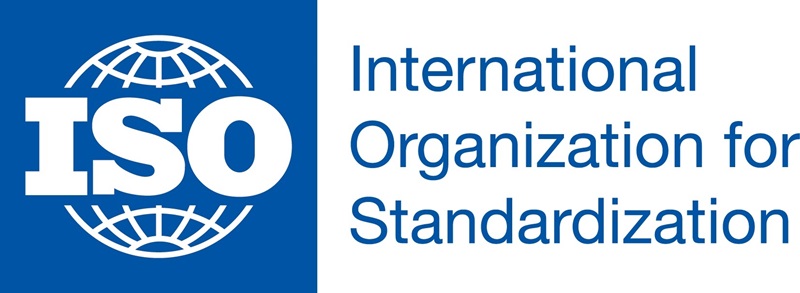To Be Sure That You’re Secure
Artificial Intelligence (AI) coupled with Big Data Analytics allows more data to be processed, analyzed and aggregated than any human will ever be able to do. This present us with unprecedented situations and possibly limitless boundaries with what we are able to do with data, how we use data, the insights we can gain, and the decisions which we can make based on these data.
Seeing as businesses and individuals are already using these technologies on a grand scale and looking to integrate the these technologies evermore, care must be taken to handle the security-related concerns which may arise (bsigroup, 2022). An example of this are ecossytems which eventually will emerge in the automotive industry where incumbents will use AI and Big Data with their value chain partners to gather, analyze, and leverage customer data to improve their value proposition towards customers based on their analyzed needs (Walton, 2019).

One Standard for AI and Big Data
An internationally agreed upon defined sets of standards defined by stakeholders such as field experts, specialists, and government institutions. This is what an iso certification entails. It helps to set boundaries and provide best practices to all industries available. The standards facilitate a way to internationally collaborate based on uniform principles for domains such as technologies, processes, and manufacturing to ensure that industry regulations, societal safety and ethical concerns will be met (bsigroup, 2022; Gasiorowski-Denis, 2019).
The benefits and uses for AI and Big Data
Knowing whether you can trust a partner and how they work fosters greater collaboration capabilities and innovations. Practical examples are the medical field where bias in AI for organ transplants will be limited and a more trustworthy selection process can ensue, developing AI applications, the assessment of machine learning classification performance, and the data life cycle of AI where the quality of governance and data measurements are also factored in (Gasiorowski-Denis, 2019; ISO/IEC TS 4213, 2022; iso, 2022).
Sources
bsigroup. (2022). How standards support emerging technologies. Retrieved from bsigroup: https://www.bsigroup.com/en-GB/standards/Information-about-standards/standards-and-new-business-areas/
Gasiorowski-Denis, E. (2019, November 11). Embracing the power of technology. Retrieved from iso: https://www.iso.org/news/ref2451.html
iso. (2022). Standards by ISO/IEC JTC 1/SC 42: Artificial Intelligence. Retrieved from iso: https://www.iso.org/committee/6794475/x/catalogue/p/0/u/1/w/0/d/0
ISO/IEC TS 4213. (2022, 10). Retrieved from iso: https://www.iso.org/standard/79799.html?browse=tc
Walton, B. (2019). Disruption in the automotive industry. Retrieved September 17, 2022, from https://www2.deloitte.com/content/dam/Deloitte/uk/Documents/ConsumerIndustrialProducts/deloitte-uk-consumer-industrial-products-how-digital-is-changing-car-sales.pdf


